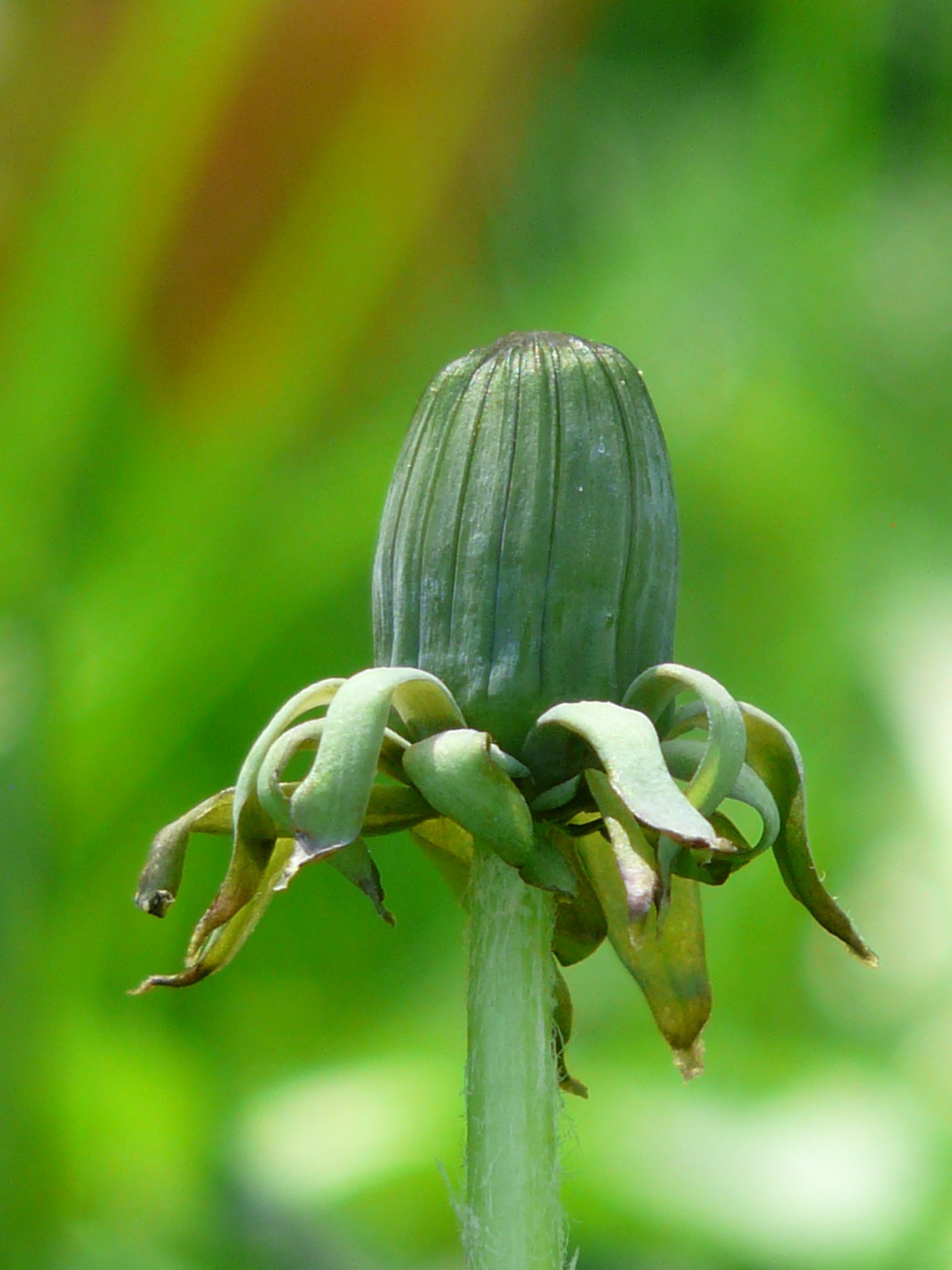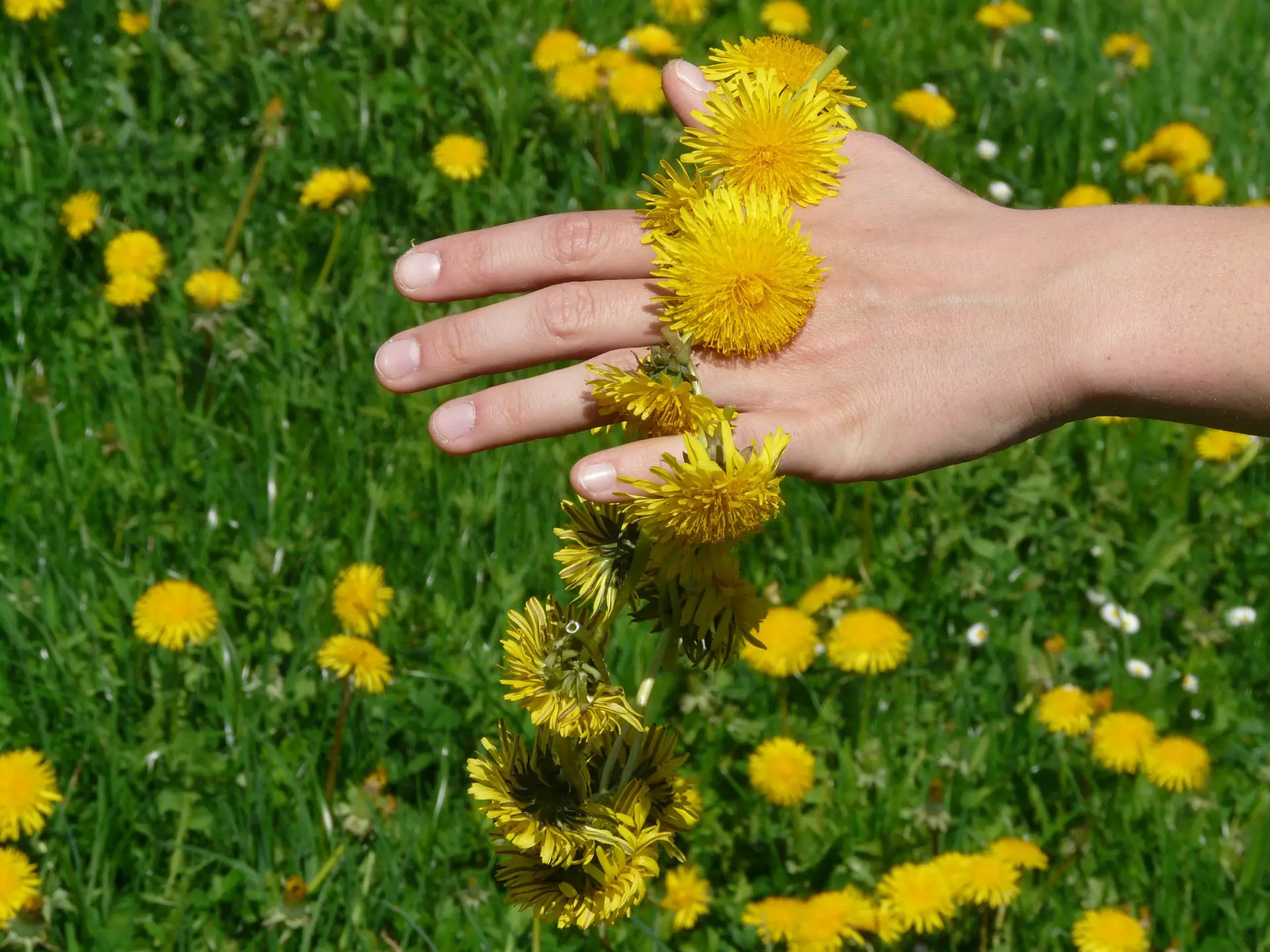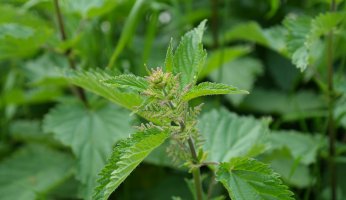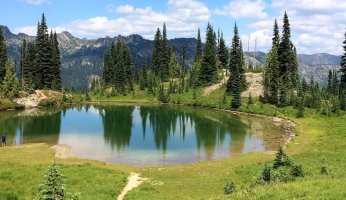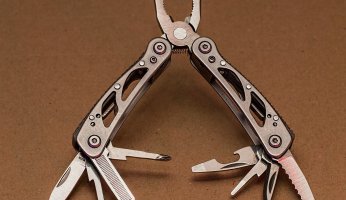Wild Food Profile: Dandelion
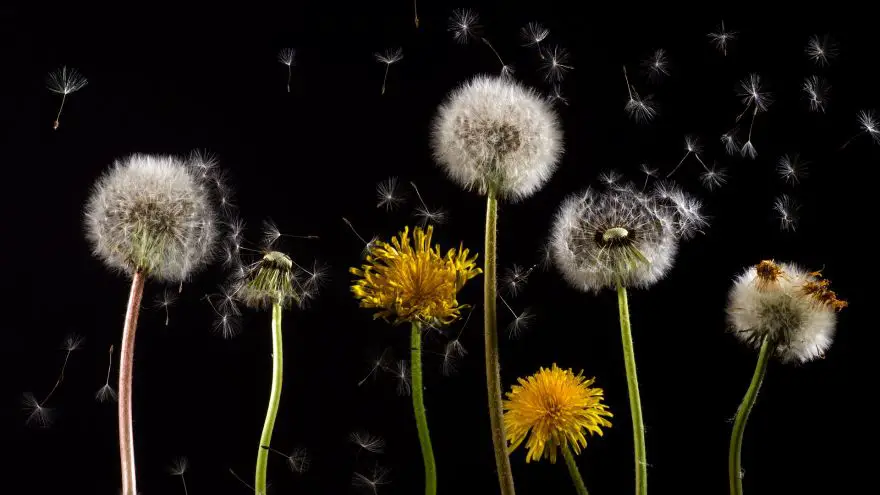 Wild Food Profile: Dandelion
gearweare.net
Wild Food Profile: Dandelion
gearweare.net
It’s a shame that something so delicious and nutritious should be one of the most maligned plants to pop up in people’s yards, yet dandelions are and each year people spend so much of their time trying to rid themselves of these early spring greens. Their leaves are great for salads, the flowers make a nice jelly, and their roots a wonderful coffee substitute when roasted. Instead of trying to rid ourselves of these “weeds” we should be embracing them and celebrating the free produce so easily grown in our own backyards. Dandelions are easy to identify and there is something to harvest all spring and summer so read up on these tips for identification and see how you can start harvesting your own today.
Table of Contents
Botanical Profile
Dandelion, Taraxacum officinale, is an herbaceous plant that has many long, deep-lobed leaves growing from the base of the plant and many long stems of bright yellow flowers. The whole plant can grow up to 25 cm. The flowers have many long, slender petals varying in size as they grow closer to the centre of the flower head.
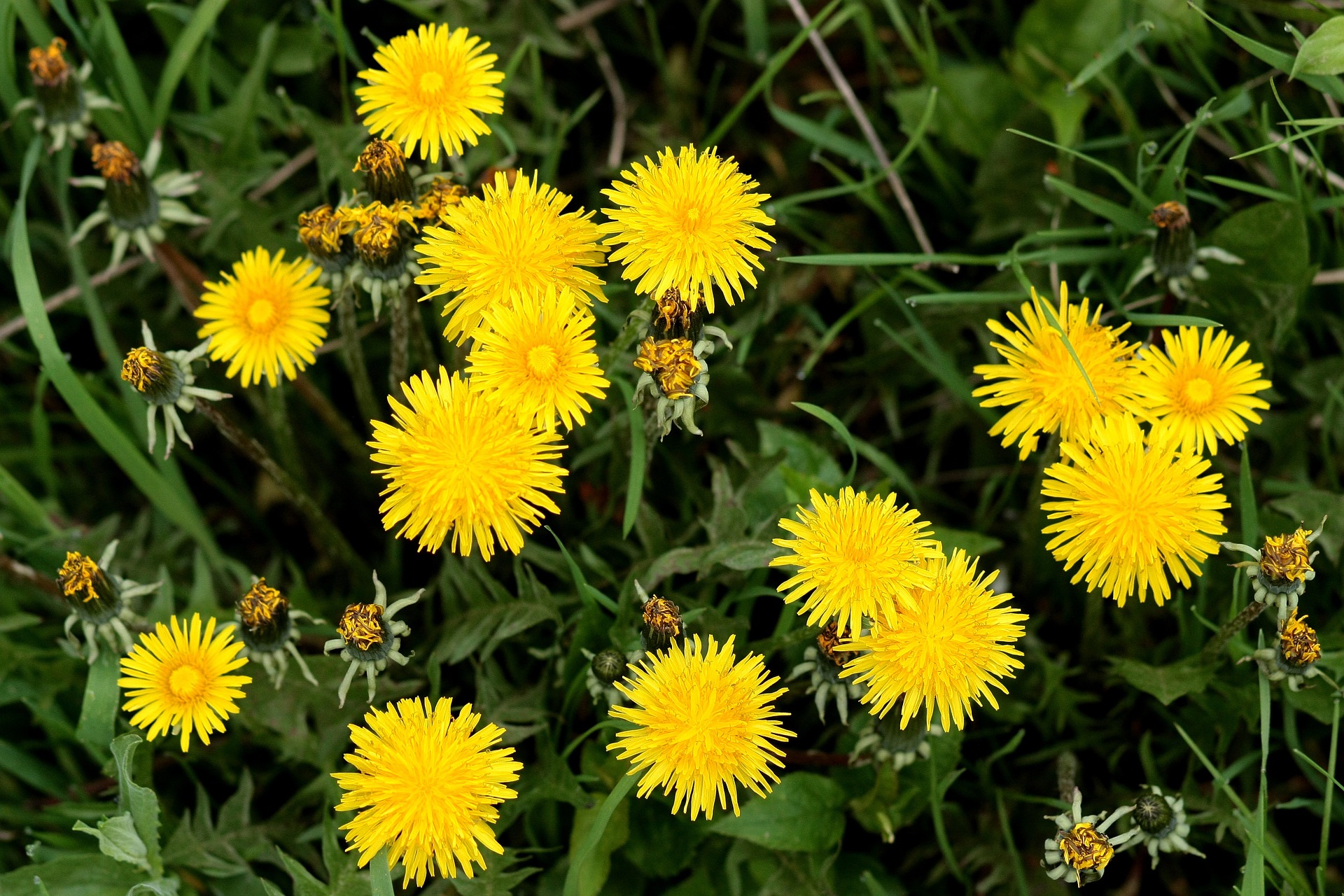
In late summer, after pollination, the flowers go to seed in an iconic seed head of small seeds topped with fine white hairs. Something that many a child has enjoyed blowing into the wind on a warm summer’s day. Each plant has one singular taproot, which resembles a thin beige carrot and grows up to 30 cm deep.
Distribution
Found right across North America, Europe, and Asia dandelion is a truly global plant. It grows well in a large range of habitats from deep forests to open fields, high mountain slopes to the coast. Most people will come across dandelion in their own yards and this is where most of our contact with the plant occurs. They grow in a variety of soil conditions.
Common Uses – Past & Present
With a long history of use in Europe and Asia dandelion’s young leaves are best collected for use fresh in salads. They have a slightly bitter taste and are usually combined with other greens to give a well-rounded flavour to each dish. The leaves are limited to a fresh green, but the flowers have more uses to utilize.
They can be added to salads, made into a light and refreshing syrup for drinks, and made into a sunny yellow jelly. There are recipes all over the internet for these and are definitely worth a try. The last part of the plant that you can eat is the thick taproot. Once roasted it has a sweet, nutty aroma and is a great substitute for those needing their morning coffee but wanting to cut back on the caffeine.
Seasonality
Dandelion greens are available every spring from early March through to early summer. The only restriction to the leaves is the presence of the flowers. If you don’t mind the increased bitterness then you can continue harvesting the leaves well into the summer. Flowers begin blooming in late spring and continue well into the summer. The roots are present all year, however, the best time to harvest them is in the early fall when the leaves die off. This yields the best quality roots for your home preparations.
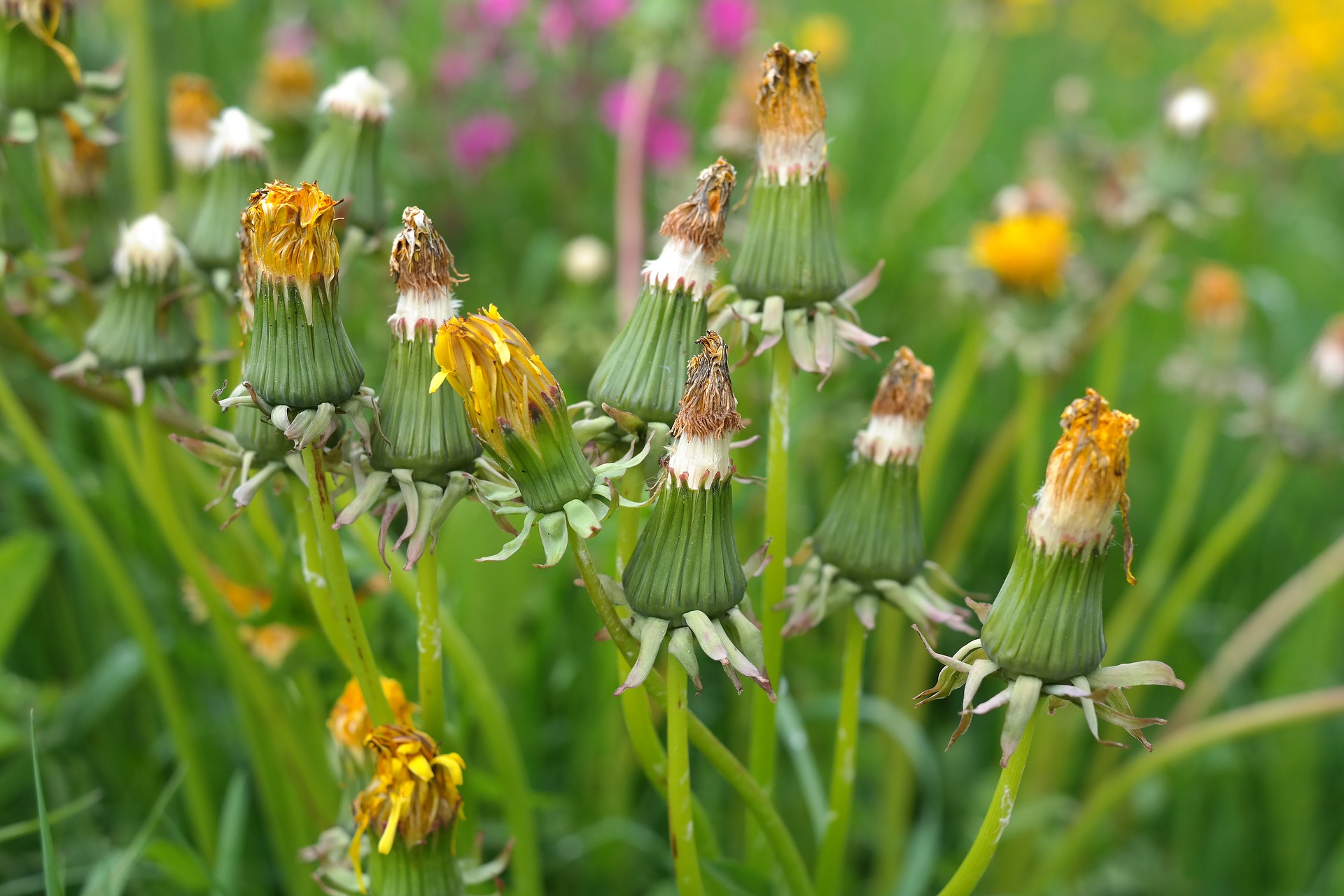
How to Harvest
Harvesting dandelion leaves and flowers is quite easy. Arm yourself with a small bag and a pair of scissors or knife and you are ready to start foraging. When looking at the leaves to choose those that are free of any marks. An even green colour is going to give you the best quality leaf and for the best taste choose plants that haven’t yet flowered. Once flowering occurs the bitterness in the leaves becomes too strong for most people.
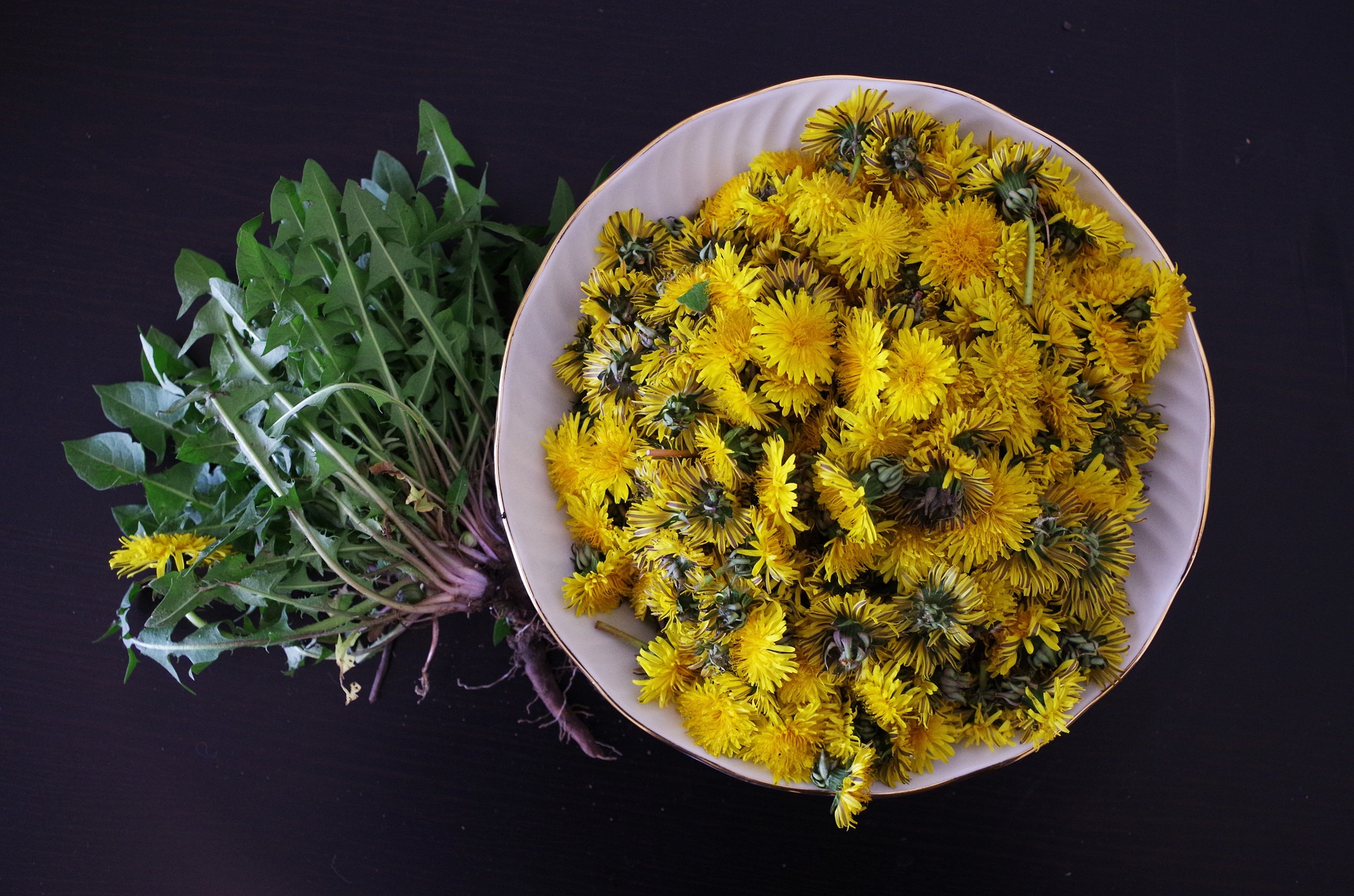
Harvesting the flowers is very similar to the leaves. Choose unblemished and whole flowers. Harvest the flowers the same day you are planning on using them because they don’t keep very long after being picked. Try to pick in the cool of the morning and before the flowers have been exposed to rain. This will leave all of the sweetness in each flower intact so you get the full enjoyment out of each. Harvesting the root is a bit more of a process but still not difficult compared to a lot of other wild plants. Tools to bring with you on a harvesting trip for dandelion roots include a bag for transportation, a small, hand-held garden shovel to dig up the root, and gloves if you want to keep the dirt out from under your nails. Once it’s dug up it just needs to be cleaned and it is ready for whatever preparation you choose.
Sustainability
As with previous botanical profiles on this site, the discussion of harvesting wild plants has to include a consideration of the sustainability of harvesting such materials. Dandelion grows anywhere and everywhere so compared to other wild plants there aren’t too many restrictions to consider when going out to harvest. As most gardeners will tell you they are a very pervasive plant and will come back time and time again no matter how hard you try.
Keeping that in mind you still want to restrain yourself from picking every leaf as it grows. This will allow the plant to still have the ability to produce enough food for itself to continue growing throughout the season. You can disregard that notion if you know that you or your neighbours are going to pull up the plant anyways. In that case go for it and take as much as you can. When it comes to the flowers the same rules apply. The roots, however, are a different story. There is only one taproot per plant and harvesting that means there is no dandelion next year. Harvest only as much as you need and leave the rest to regenerate new plants next year.
Conclusion
Growing everywhere and mostly seen as a nuisance the dandelion is a wonderful edible plant to harvest in your area. As long as you ask first you should be able to find a number of very willing neighbours to let you harvest in your area. Wild is always best for quality and clean soil but wherever you decide to harvest there will always be a bounty of plant material to add into your diet. Whether it’s the leaves, flowers, or roots of the plant you won’t be at a loss for new and interesting way to prepare dandelion and hopefully this will make you think twice about seeing them as a pesky weed.





